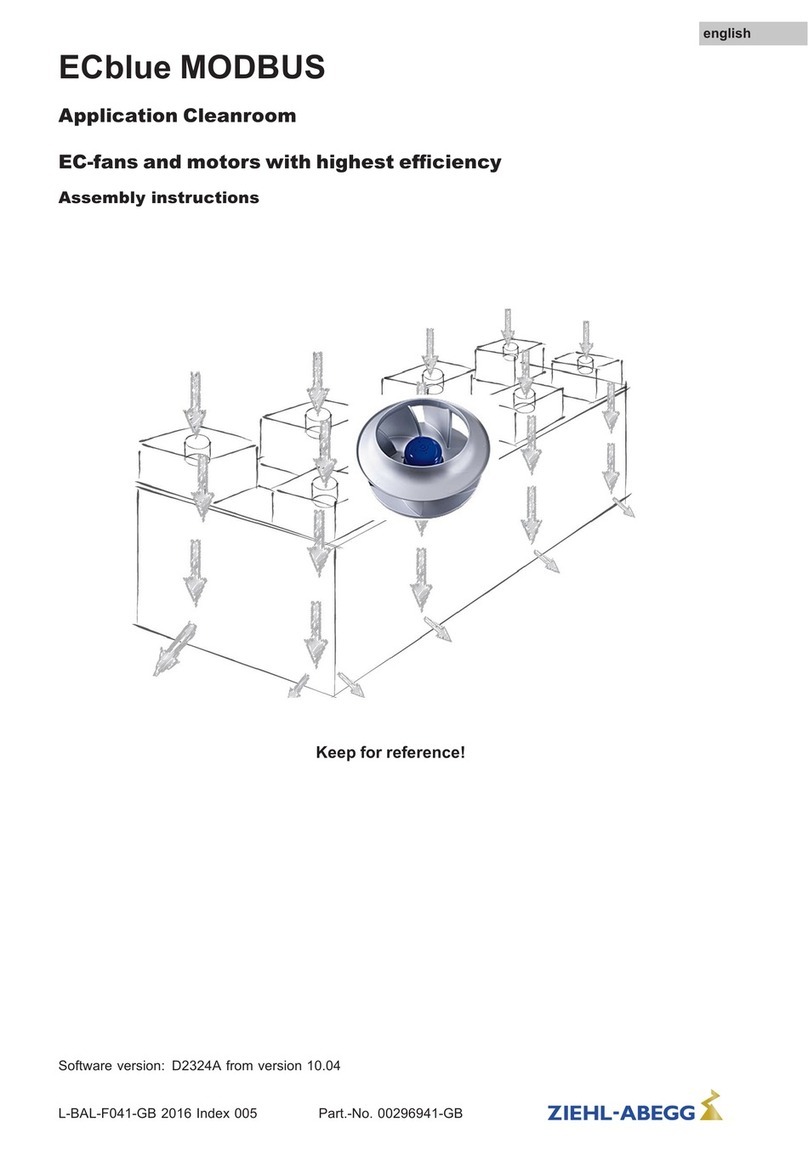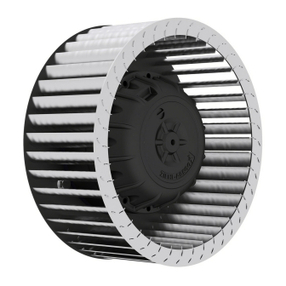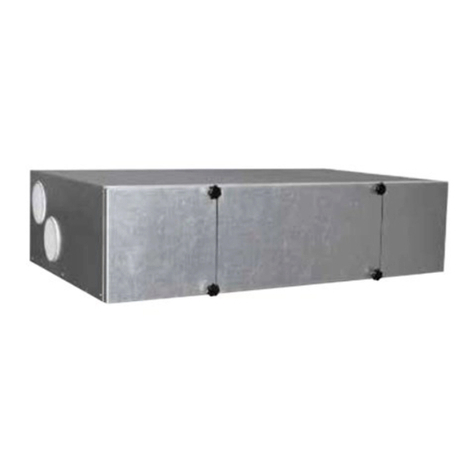ZIEHL-ABEGG ECblue User manual
Other ZIEHL-ABEGG Fan manuals
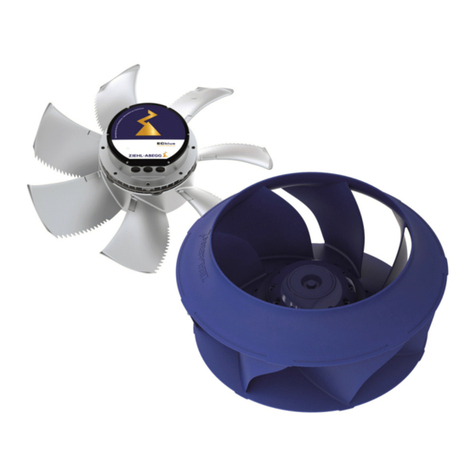
ZIEHL-ABEGG
ZIEHL-ABEGG ECblue User manual

ZIEHL-ABEGG
ZIEHL-ABEGG ZETATOP SM 225.60B User manual

ZIEHL-ABEGG
ZIEHL-ABEGG ECblue User manual
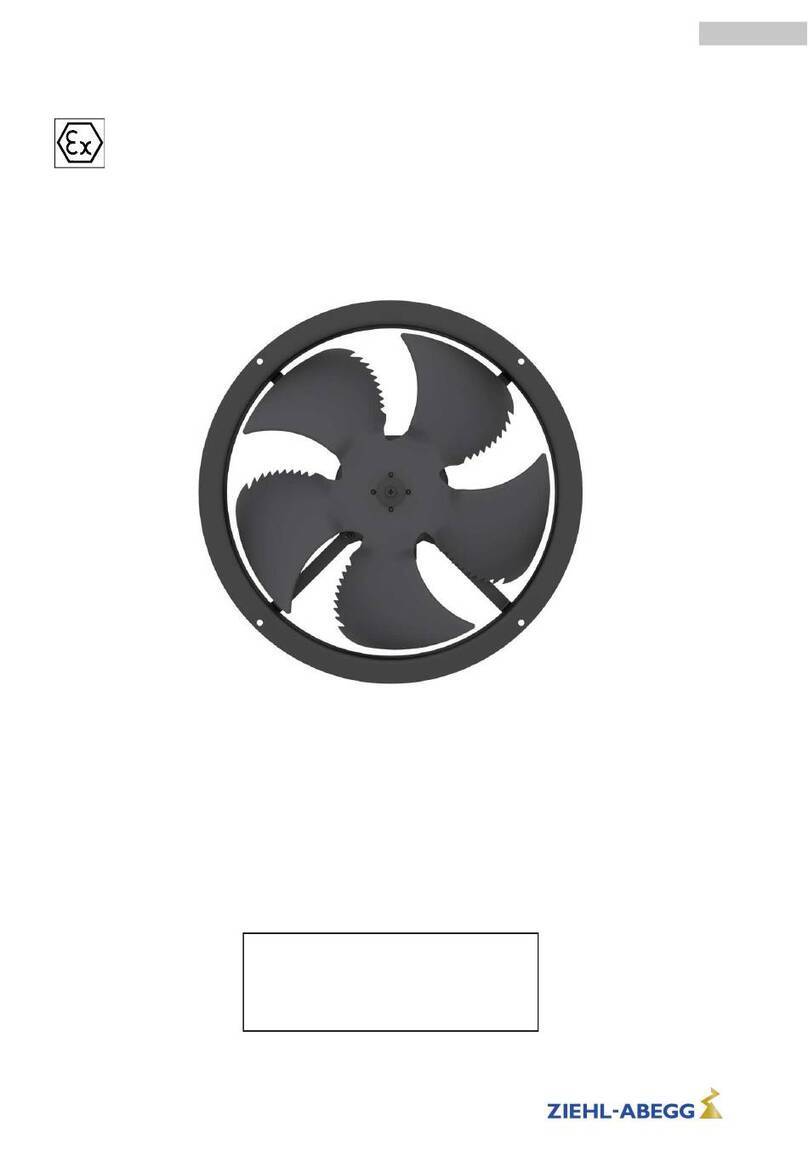
ZIEHL-ABEGG
ZIEHL-ABEGG FE2owlet-ECQ User manual
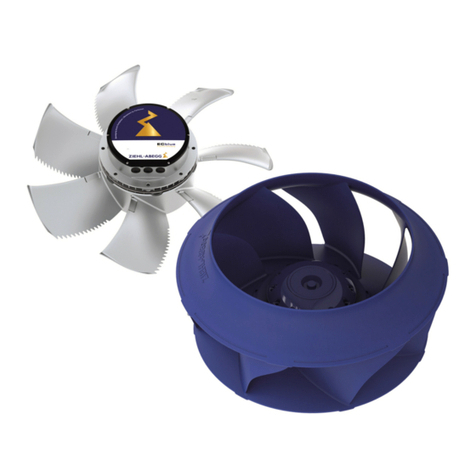
ZIEHL-ABEGG
ZIEHL-ABEGG ECblue Series User manual

ZIEHL-ABEGG
ZIEHL-ABEGG RH Series User manual

ZIEHL-ABEGG
ZIEHL-ABEGG ECblue BASIC-MODBUS User manual
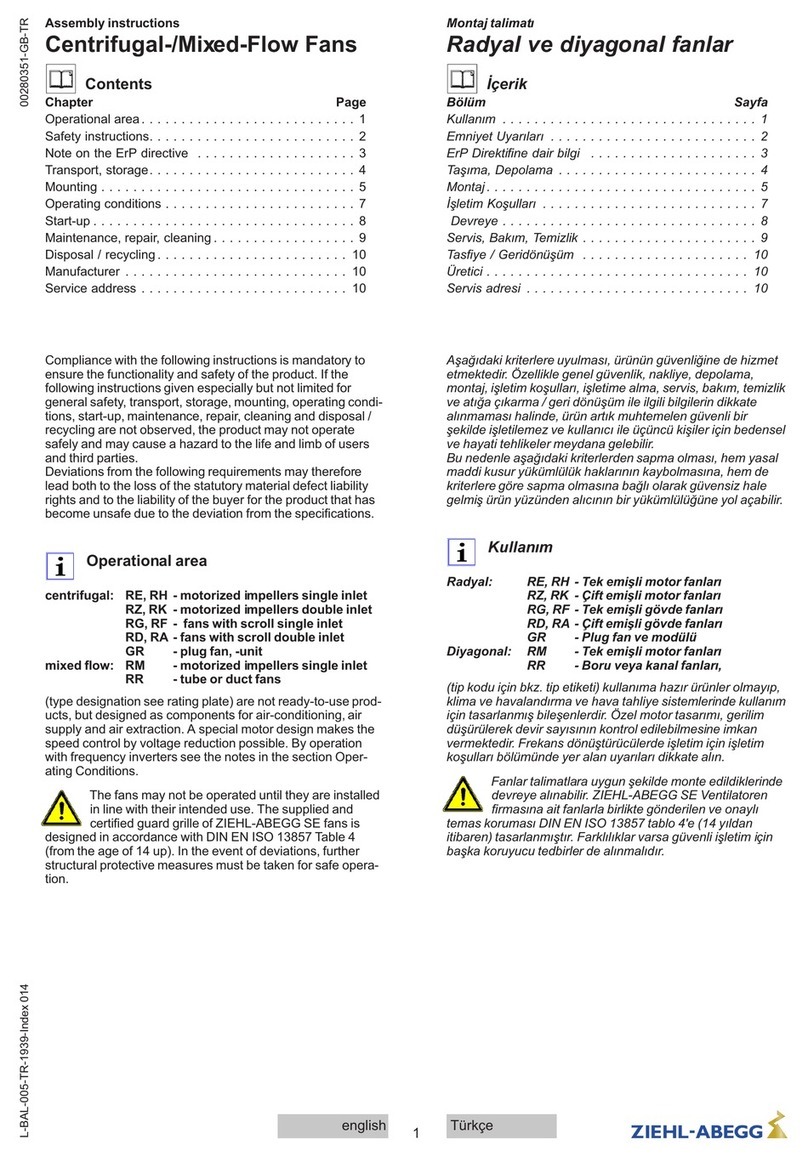
ZIEHL-ABEGG
ZIEHL-ABEGG FA Series User manual
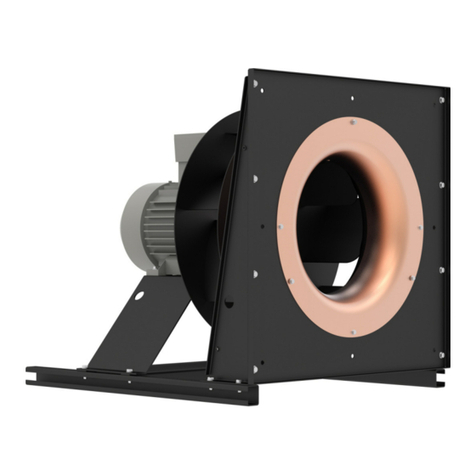
ZIEHL-ABEGG
ZIEHL-ABEGG ER25C User manual
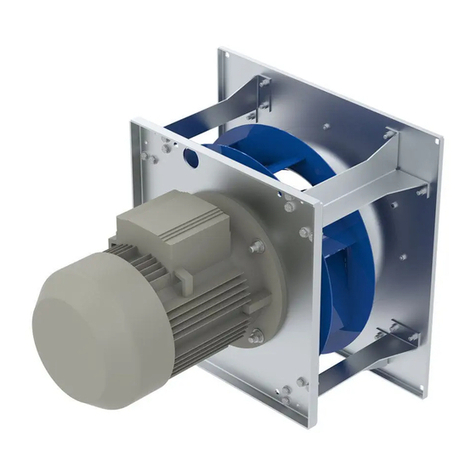
ZIEHL-ABEGG
ZIEHL-ABEGG ER C Series User manual

ZIEHL-ABEGG
ZIEHL-ABEGG FA Series User manual

ZIEHL-ABEGG
ZIEHL-ABEGG RH Series User manual

ZIEHL-ABEGG
ZIEHL-ABEGG FB035 User manual
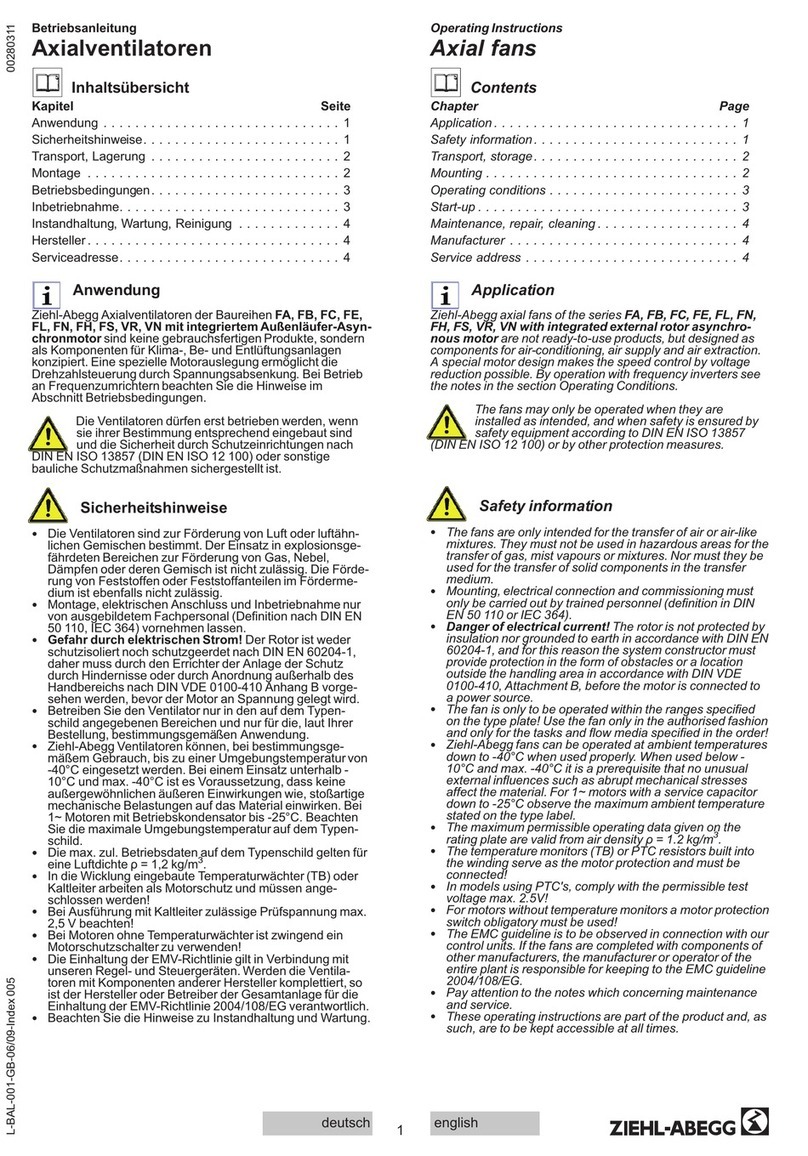
ZIEHL-ABEGG
ZIEHL-ABEGG FA Series User manual
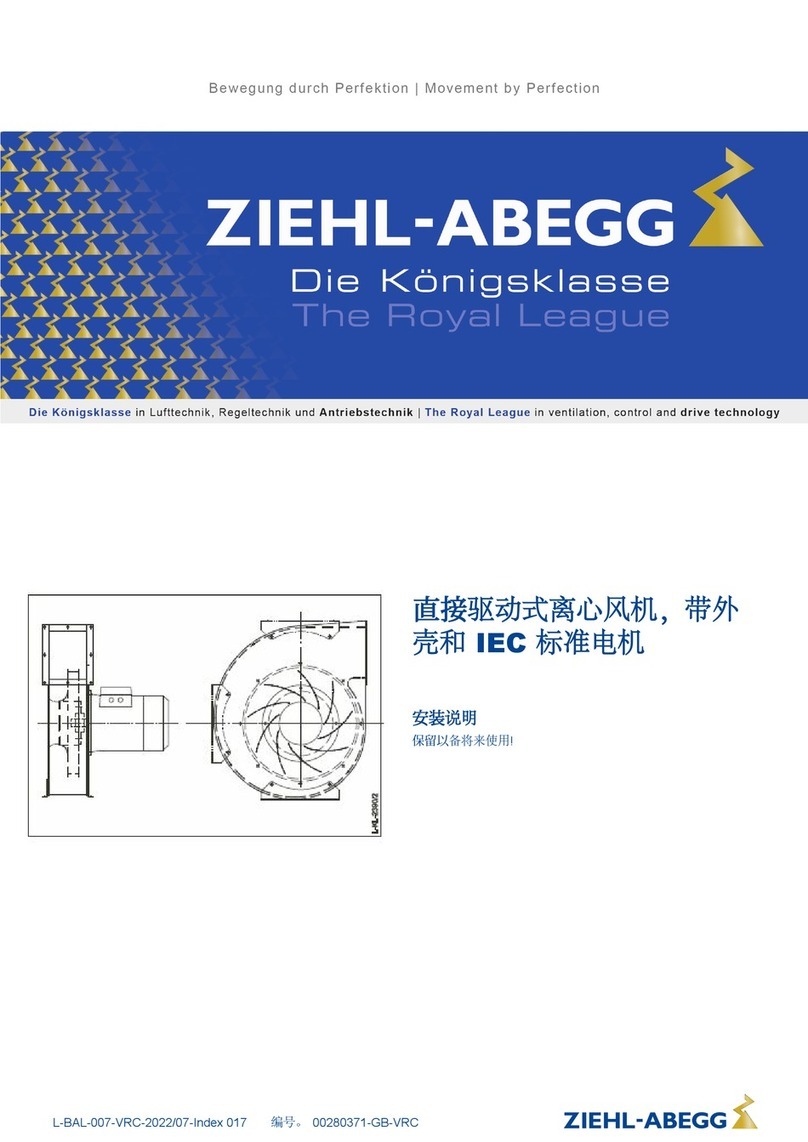
ZIEHL-ABEGG
ZIEHL-ABEGG DN Series User manual

ZIEHL-ABEGG
ZIEHL-ABEGG FA Series User manual

ZIEHL-ABEGG
ZIEHL-ABEGG FB035 User manual

ZIEHL-ABEGG
ZIEHL-ABEGG MAXvent FV31 Series User manual
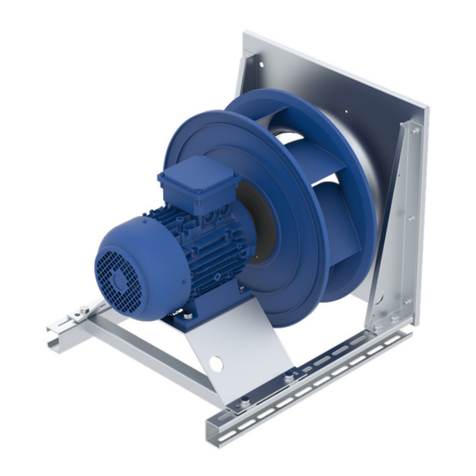
ZIEHL-ABEGG
ZIEHL-ABEGG PMblue User manual

ZIEHL-ABEGG
ZIEHL-ABEGG FA Series User manual
Popular Fan manuals by other brands

Harbor Breeze
Harbor Breeze RLG52NWZ5L manual

Allen + Roth
Allen + Roth L1405 instruction manual

ViM
ViM KUBAIR F400 ECOWATT Technical manual

HIDRIA
HIDRIA R10R-56LPS-ES50B-04C10 user guide
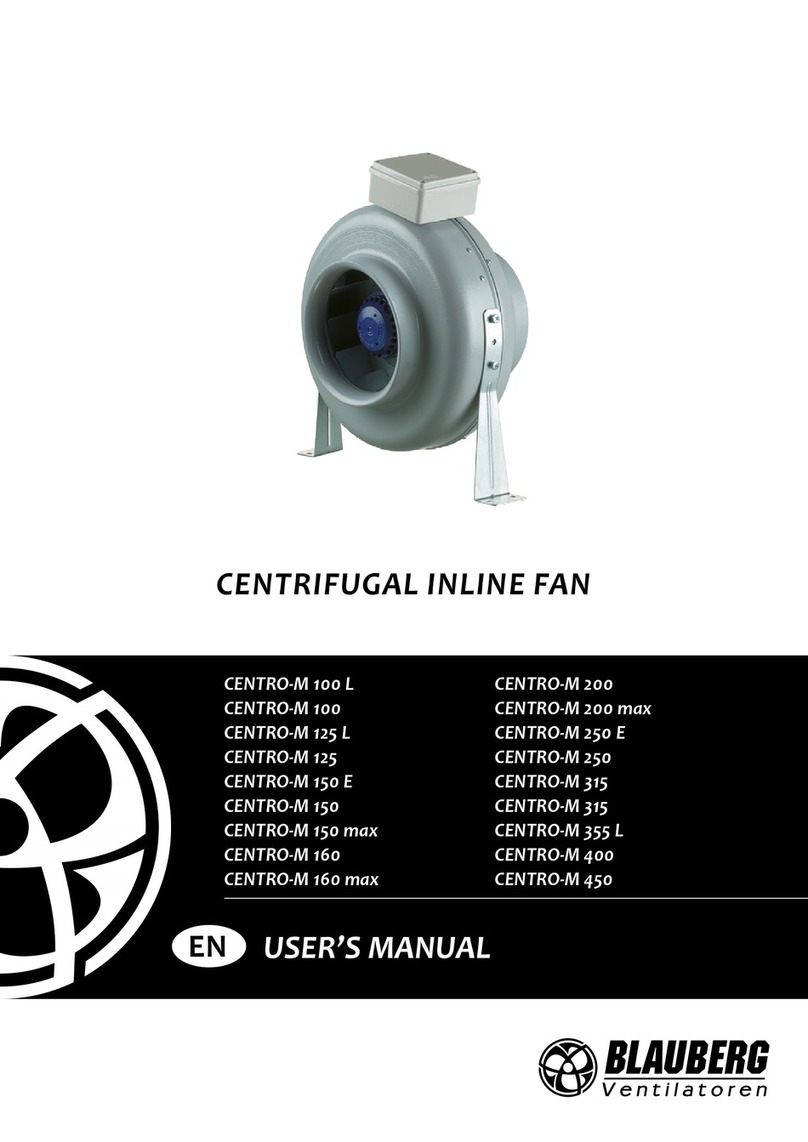
BLAUBERG Ventilatoren
BLAUBERG Ventilatoren CENTRO-M 100 L user manual

Triangle Engineering
Triangle Engineering HEAT BUSTER SPL Series owner's manual
